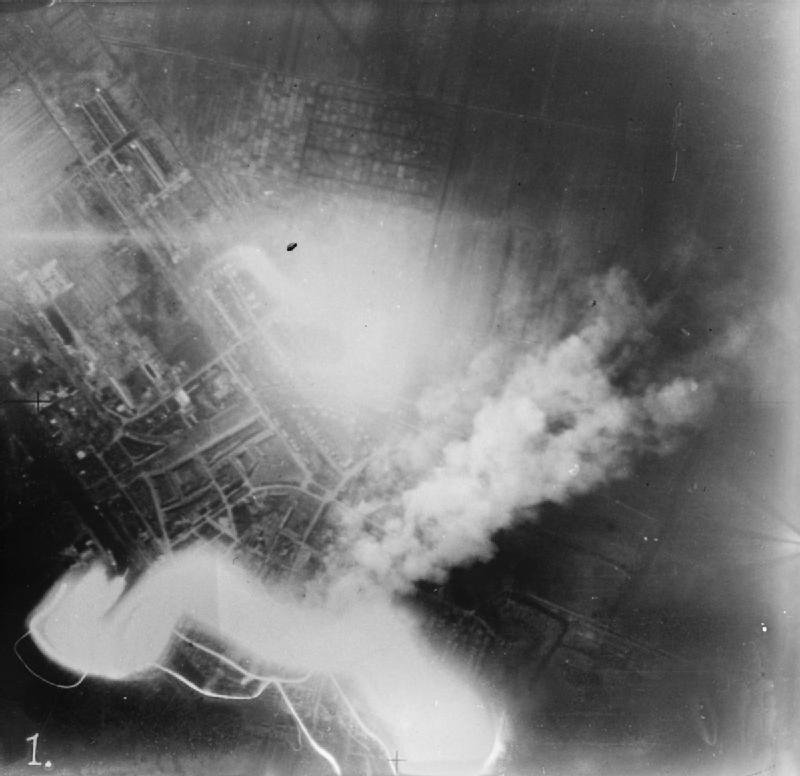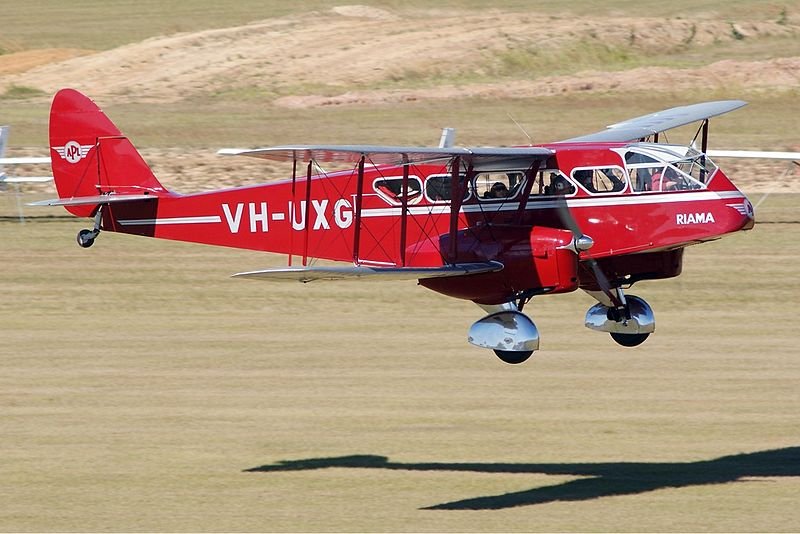Seeing things
The current issue of Wartime, the official magazine of the Australian War Memorial, has an article by me on the Australian mystery aeroplane scare of 1918. I’m very pleased with how it’s turned out — it’s beautifully illustrated and put together. The theme of the issue is ‘air warfare’, which I imagine may be of […]





